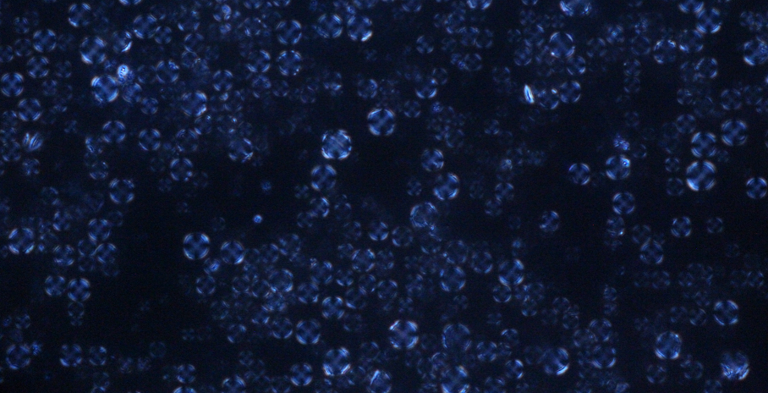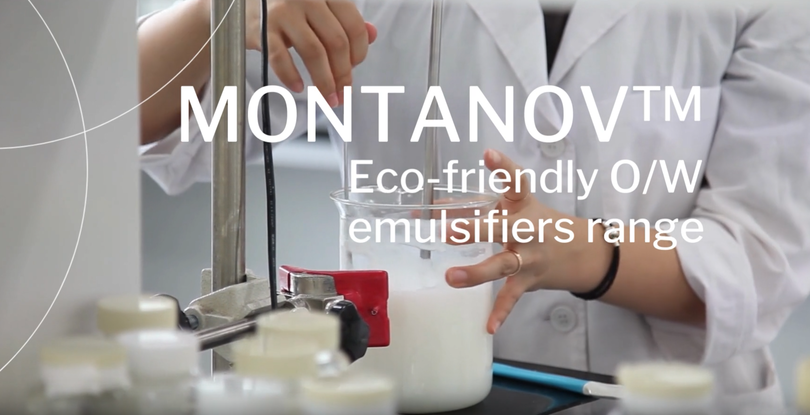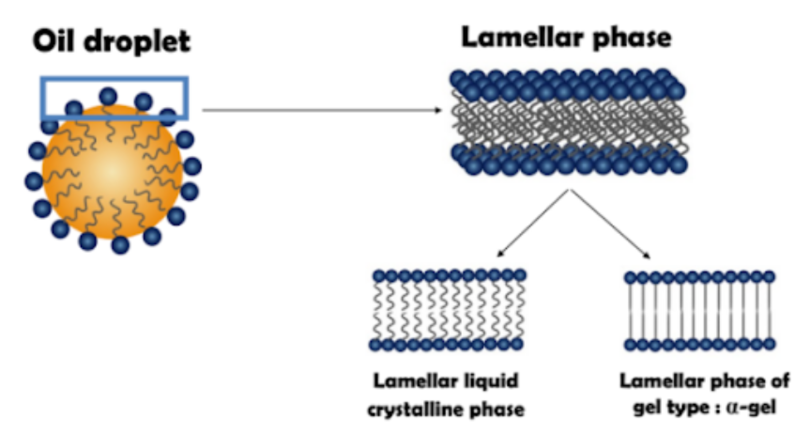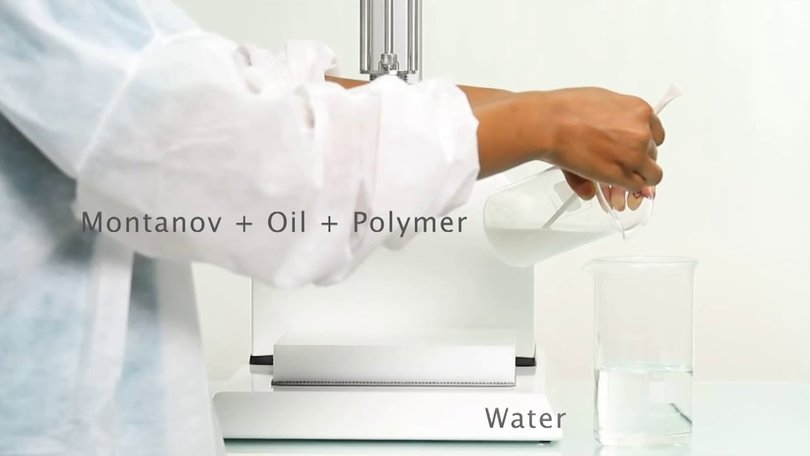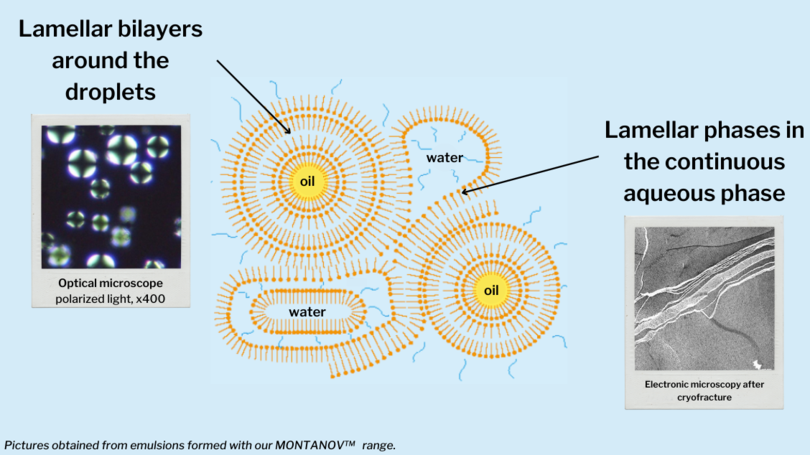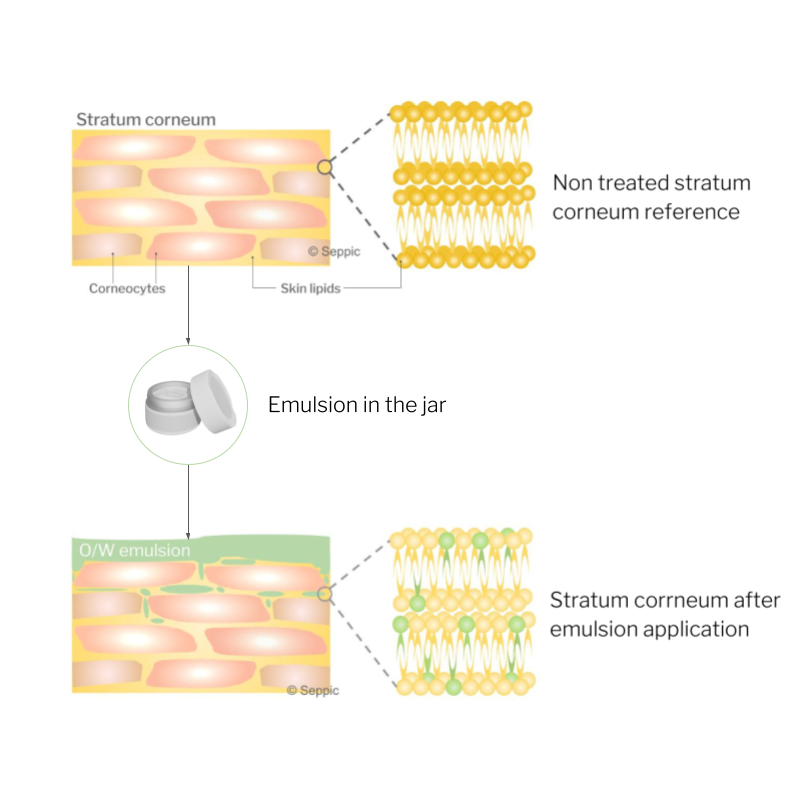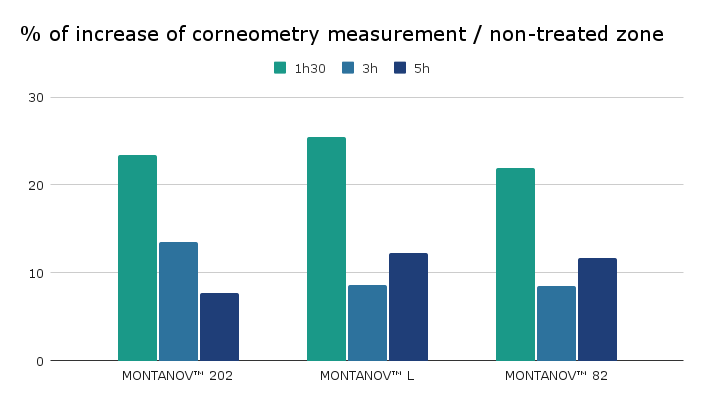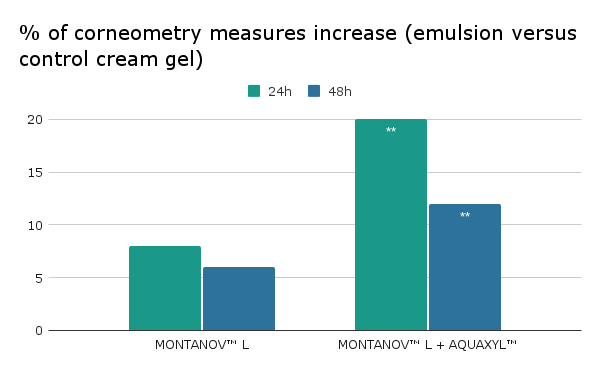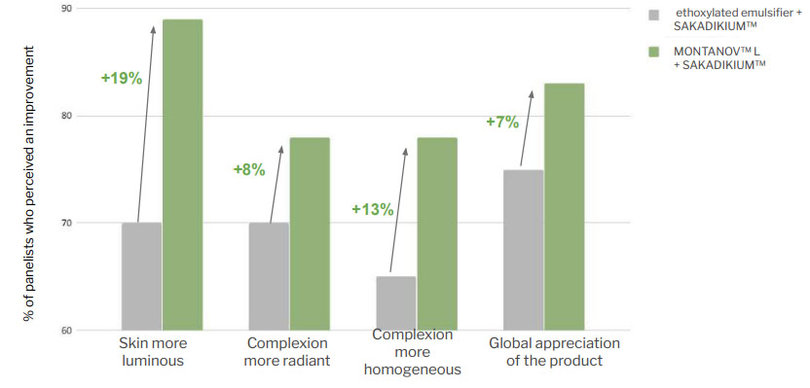What are the advantages of lamellar liquid crystals in the formulation?
Theoretically, the lamellar liquid crystal structure should offer several advantages over conventional emulsions in cosmetic applications, e.g. improved stability, controlled release and good skin feel.
This has been investigated in various studies with our MONTANOV™ emulsifiers. On MONTANOV™ 202 emulsions were used to conduct extensive stability studies that mimic extreme conditions. The aim was to understand the influence of time, temperature, transport and formulation composition on the formation and stability of lamellar phases and lamellar bilayers.
Several formulations were prepared to study the effects of the emulsifier (Seppic's and other emulsifiers), the polymers and the composition of the oil phase on these structures. The emulsions were then exposed to different temperatures (up to 45°C) and a special machine that mimics the effects of transport for up to 6 months. A standardised protocol made it possible to assess the presence or absence of microscopically visible lamellar liquid crystals in the different formulations regularly during these 6 months.
As a result, and in contrast to other emulsifiers tested, MONTANOV™ showed a great ability to form stable lamellar liquid crystals over time, temperature and stability.
What are the advantages of lamellar liquid crystal emulsions for the skin barrier?
When investigating lamellar liquid crystal formulations, we discovered that they are structured similarly to the skin. We can speak of a biomimetic texture.
It can be defined as a texture that mimics the inventiveness of the skin and is inspired by the substances or functions that our skin naturally produces. These similarities between the emulsion texture and the skin optimise the penetration of the ingredients into the stratum corneum for better results.
MONTANOV™ emulsions therefore respect the structure of the skin. This is due to their lipid molecules, which insert themselves between the existing lipids of the stratum corneum. The organisation of the skin is therefore not disturbed, but rather reinforced!

